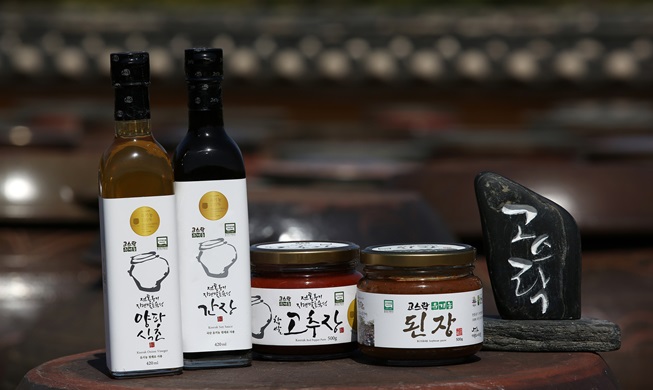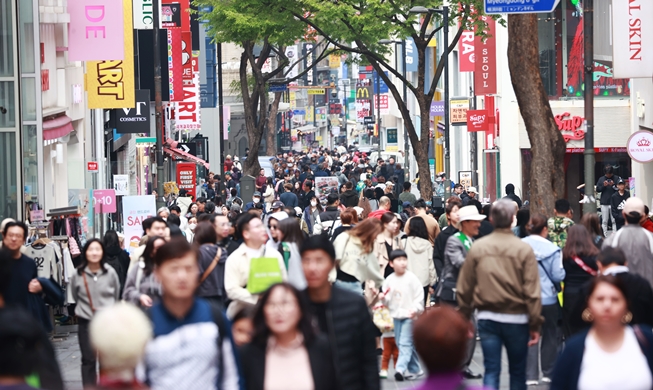-
 Korea.net's 24-hour YouTube channel
Korea.net's 24-hour YouTube channel- NEWS FOCUS
- ABOUT KOREA
- EVENTS
- RESOURCES
- GOVERNMENT
- ABOUT US

Exports of traditional Korean fermented pastes and sauces, like ganjang soy sauce, doenjang soy bean paste and gochujang red pepper paste, surpassed USD 53 million in 2016, 8 percent higher than the previous year. (Korea.net DB)
By Min Yea-Ji and Kim Young Shin
Korea's traditional fermented pastes and sauces, famous for their rich taste and health benefits, are steadily winning advocates abroad.
The Korea Customs Service (KCS) announced on April 13 that USD 53 million worth of ganjang soy sauce (간장), doenjang soy bean paste (된장) and gochujang red pepper paste (고추장) sold overseas in 2016, which is 8 percent higher than the previous year. Among Korea’s traditional fermented pastes and sauces, extra spicy gochujang red pepper paste was the most popular, taking over 59.3 percent of the sales, indicating that Korea’s spicy flavors are popular everywhere. Korean ganjang soy sauce came second, with 25.4 percent of those sales, and doenjang soy bean paste was third with 13.5 percent.
According to the KCS, the reason for the rise in exports is due to there being much more interest in Korean food, especially because of the popularity of Korean pop music and TV shows in East Asia and elsewhere. The KCS attributes this "Korean Wave" for the rising sales of Korean condiments in the U.S., mainland China, Japan, Canada and Taiwan, where a market for Korean food already exists thanks to the active Korean communities that already thrive there.
The KCS also highlighted the importance of Vietnam and Malaysia as new, expanding markets for all things Korean. According to the KCS, the popularity of Korean TV shows and a lot more attention being paid to Korean food are the main reasons for the higher sales there. It also noted that changing the packaging of the containers, from jars to bottles so as to better suit local shopping and dining habits, also contributed to the boost in exports.
jesimin@korea.kr
Most popular
- First hearing-impaired K-pop act hopes for 'barrier-free world'
- Expats could account for 7% of population in 20 years: report
- 'Mad Max' director impressed by 'cinema-literate' Korean viewers
- Show in Italy to present 'thought-filled' Korean craftworks
- Romanian presidential couple visits national cemetery













